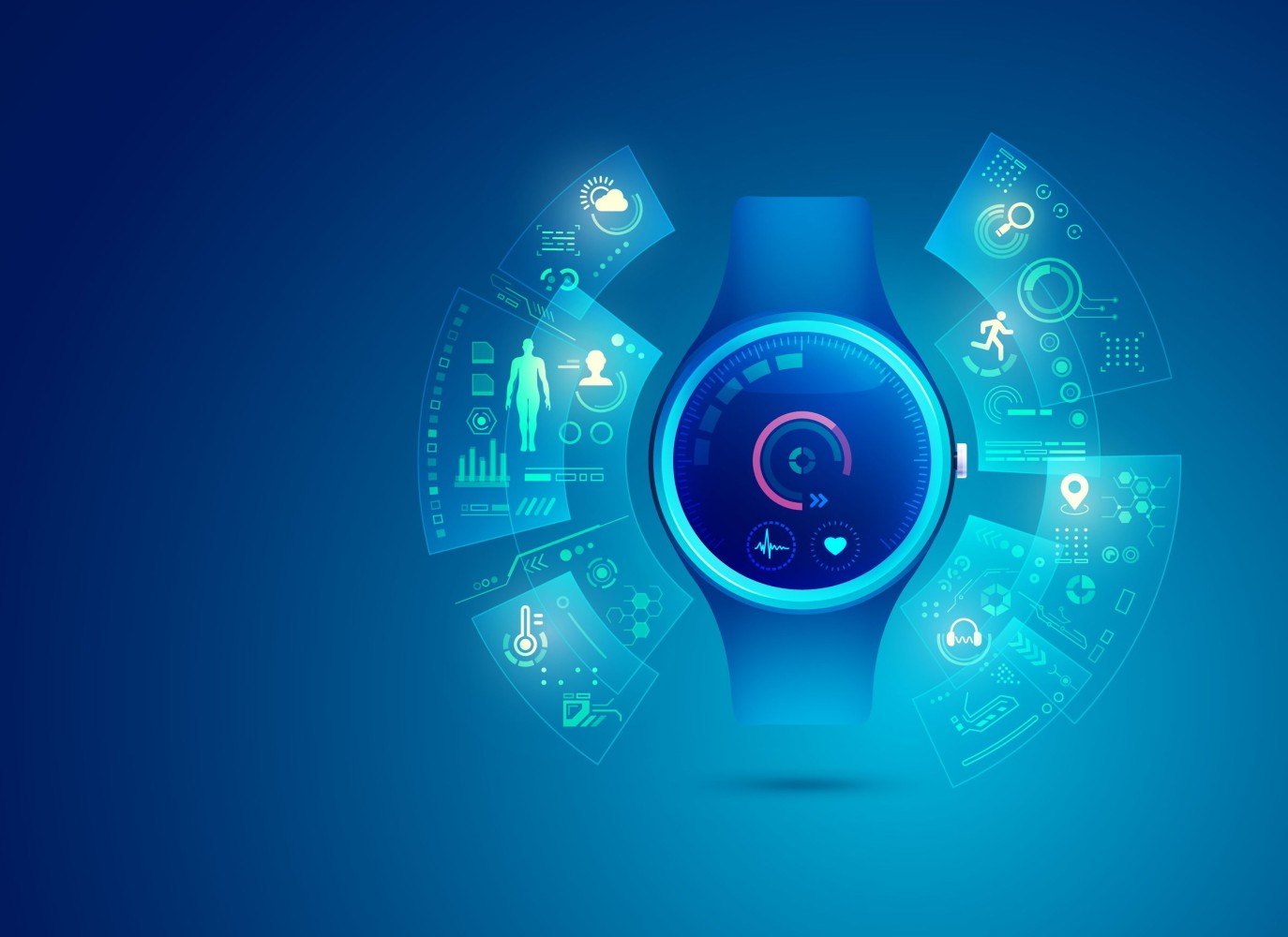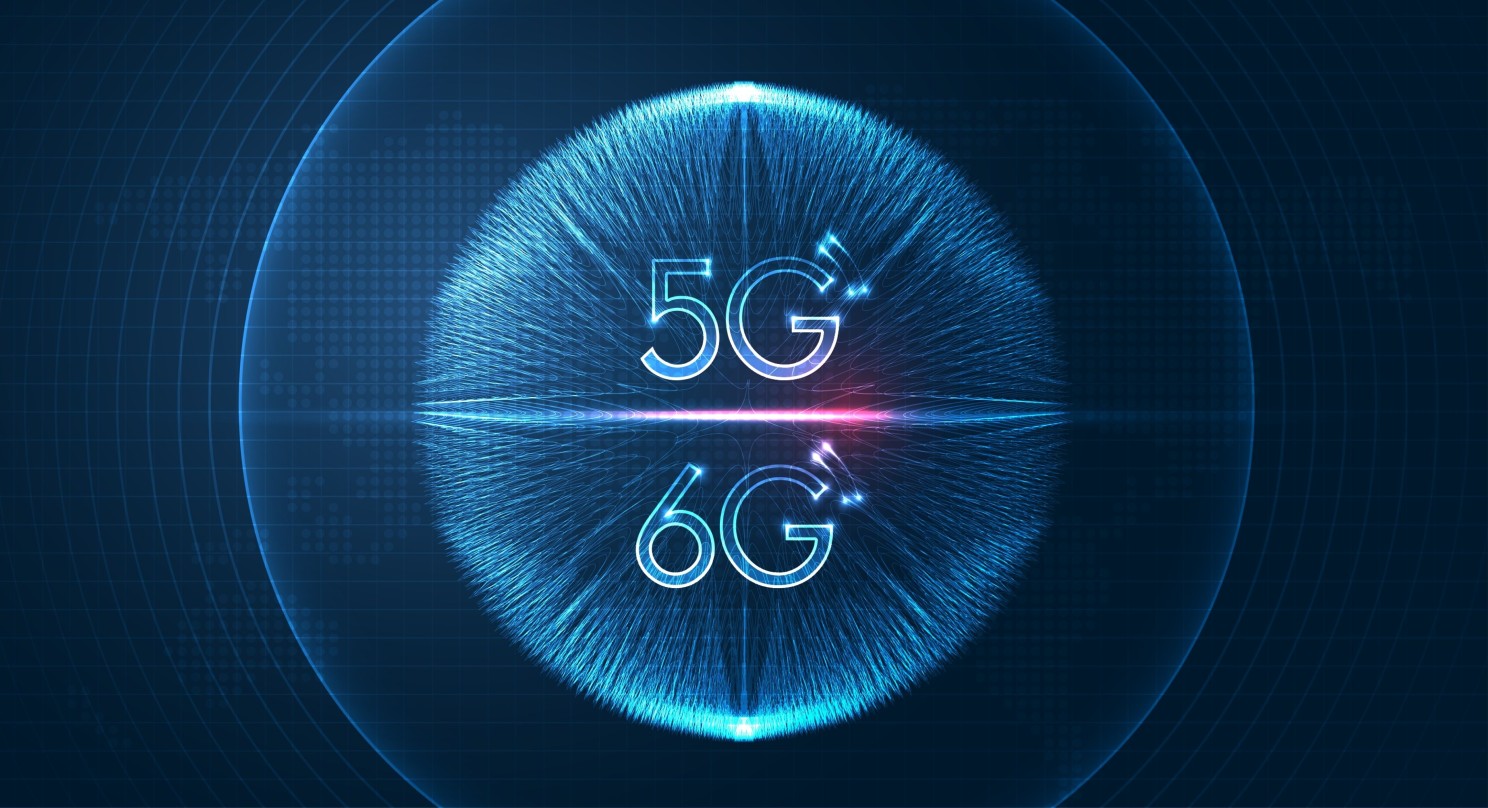Comments
- No comments found

From consumer mobile experience to IoT use cases at the edge, everything is steadily transforming thanks in part to the flexible nature of 5G.
Back from Mobile World Congress Americas afforded the perfect moment to reflect on key developments and trends in the future of 5G.
From private networks and cloud native, through to software-defined networking there was much to explore and consider, including of course the 5G RedCap landscape. Noteworthy developments included:
- Growing traction for private 5G networks with real-world examples.
- Enhancements in vehicle connectivity showcased by AT&T and Rivian pointing towards software-defined vehicles.
- Introduction of novel 5G applications like a transatlantic real-time 5G holographic meeting demonstrated by Verizon and partners.
We know that 5G is steadily transforming everything from the mobile experience for consumers, through to IoT use cases at the edge, thanks in part to the flexible nature of 5G. But, there’s even more flexibility in store thanks to 5G RedCap which intends to fill many of the use case gaps.
Indeed, at MWC Americas, we saw Rohde & Schwarz unveil its pivotal 5G and 5G-Advanced testing solutions. As the 5G market rapidly matures, companies delving into 5G technology are in need of testing solutions that align with current standards and are financially viable.
At MWC Americas, I enjoyed a hands-on look at the R&S CMX one-box tester (OBT) at the Rohde & Schwarz exhibit. Highlighted demonstrations include Reduced Capability (RedCap) Testing and the WiFi-7 Signalling Test.
5G RedCap, short for 5G Reduced Capability, also known as 5G NR-Light, is a significant addition to the 5G family. It is a new device platform designed to bridge the capability and complexity gap between the extremes in 5G today - with an optimised design for mid-tier use cases.
The initial 5G release targeted enhanced Mobile Broadband (eMBB), ultra-Reliable Low Latency Communication (uRLLC), and massive Machine Type Communication (mMTC). However, there emerged a need for a solution that could address applications falling between these (relative) extremes, which is where 5G RedCap comes in!
5G RedCap is well-suited for a wide range of IoT applications, including wearables (e.g., smart watches, wearable medical devices, AR/VR goggles, etc.), industrial wireless sensors, and video surveillance. It caters to applications where ultra-low latency isn’t a critical requirement, but reasonable throughput is essential.

We’re seeing more and more successful trials for 5G RedCap in the field. For example, in August, Ericsson and MediaTek showcased the interoperability of their 5G Reduced Capability technology through testing in Sweden.
They performed 5G data and voice calls on different spectrum bands, achieving notable throughput speeds. Ericsson's RedCap software, set for commercial release in November 2023, aims to enable cost-effective, energy-efficient 5G solutions for devices with lower performance needs like wearables and industrial sensors.
The most recent trial that made headlines for RedCap was where BT Group in collaboration with Nokia and MediaTek successfully concluded tests of 5G Reduced Capability at BT Group's Adastral Park location, incorporating Nokia's AirScale RAN collection, EE 's standalone 5G network, and MediaTek’s RedCap test platform.
Ericsson, MediaTek and Verizon are actively advancing RedCap 5G. In September, the trio showcased successful data and voice (VoNR) sessions over Verizon’s 5G network, leveraging Ericsson's innovative RedCap-compatible software and MediaTek’s advanced RedCap testing framework. This breakthrough technology maps out a trajectory for simpler, more affordable NR devices, including wearables, health monitors, and more.

Additionally, it clears the path for more streamlined enterprise IoT applications like surveillance cameras, factory sensors, and smart energy solutions on Verizon’s 5G infrastructure. The success of data and VoNR calls across Verizon’s 5G standalone spectrum underscores the power and potential of Ericsson's RedCap software. The live demonstration with Verizon and MediaTek is a pivotal step in fostering an ecosystem populated with diverse 5G devices.
These trials proficiently executed voice and data sessions, essential for consumer tech and audio-powered business solutions. Both session types used 5G tech spanning the C-band TDD and 850 MHz FDD spectrums on Verizon’s primary network, featuring its standalone 5G core.
Expected in the 2030s, 6G networks, operating at even higher frequencies, deliver quicker data throughput than 5G. These elevated frequency bands in 6G accommodate larger bandwidth, supporting a higher number of simultaneous users and data-intensive tasks like video streaming and virtual reality.
The 30 to 3000 GHz spectrum range tapped by 6G is pivotal for meeting the demands of upcoming use cases. While both 5G and 6G outpace 4G LTE in speed, 6G elevates this with a potential that's up to 100 times faster than 5G.

Even with latency 6G promises to improve on 5G by operating in the millisecond space. Latency, the time a signal takes to traverse from one point to another, is optimised in both 5G and 6G compared to 4G LTE. However, 6G further refines this by offering reduced response durations, made possible by its high-frequency spectrum usage.
Either way, we can expect to see an ongoing evolution in cellular capabilities, with a matching revolution in device capabilities – with new devices with novel applications announced regularly at MWC – including the flagship MWC event in Barcelona. I look forward to reflecting back on the developments there and meanwhile, all feedback and questions are most welcome!
Thank you, Sally
A highly experienced chief technology officer, professor in advanced technologies, and a global strategic advisor on digital transformation, Sally Eaves specialises in the application of emergent technologies, notably AI, 5G, cloud, security, and IoT disciplines, for business and IT transformation, alongside social impact at scale, especially from sustainability and DEI perspectives.
An international keynote speaker and author, Sally was an inaugural recipient of the Frontier Technology and Social Impact award, presented at the United Nations, and has been described as the "torchbearer for ethical tech", founding Aspirational Futures to enhance inclusion, diversity, and belonging in the technology space and beyond. Sally is also the chair for the Global Cyber Trust at GFCYBER.
Dr. Sally Eaves is a highly experienced Chief Technology Officer, Professor in Advanced Technologies and a Global Strategic Advisor on Digital Transformation specialising in the application of emergent technologies, notably AI, FinTech, Blockchain & 5G disciplines, for business transformation and social impact at scale. An international Keynote Speaker and Author, Sally was an inaugural recipient of the Frontier Technology and Social Impact award, presented at the United Nations in 2018 and has been described as the ‘torchbearer for ethical tech’ founding Aspirational Futures to enhance inclusion, diversity and belonging in the technology space and beyond.
Leave your comments
Post comment as a guest